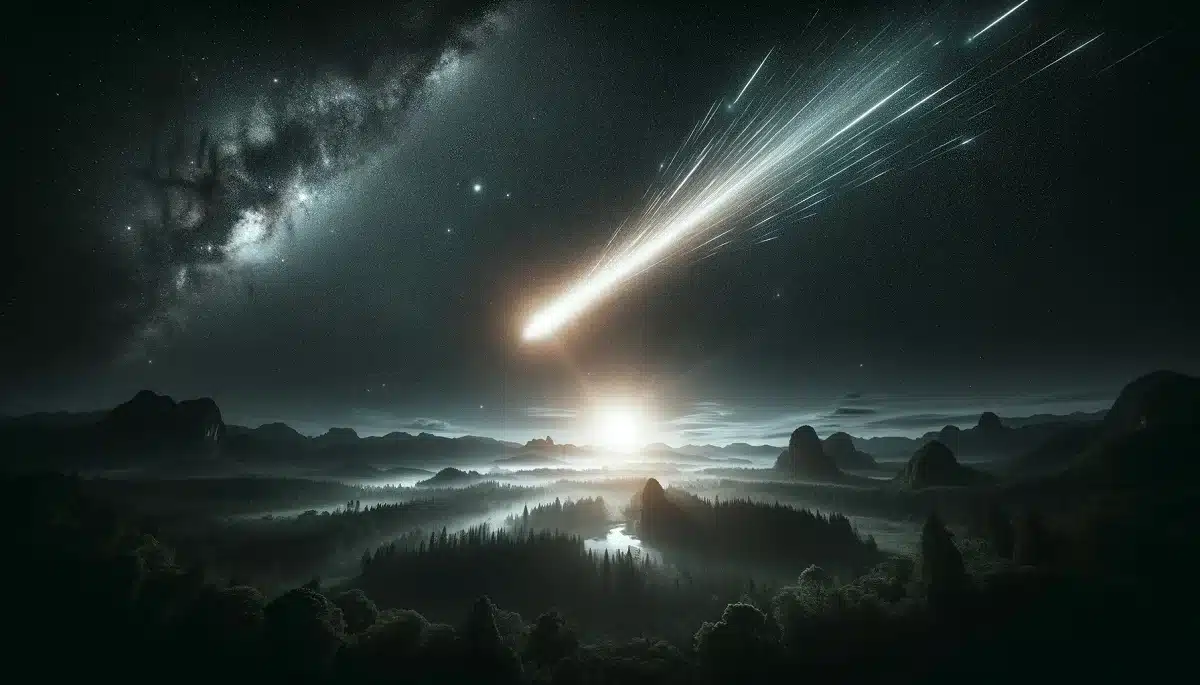Geological Periods
Geology is the science that examines the physical structure and material composition of the Earth, as well as how this structure and composition have changed over time. The geological time scale helps us understand the 4.6 billion-year history of the Earth and divides this time frame into various periods. Here are the geological periods and the characteristics of each:
Precambrian Period: Earth’s First Era
The Precambrian represents the longest and oldest period in the Earth’s geological history, spanning from the formation of the Earth to about 541 million years ago. This period constitutes about 88% of the Earth’s total history and witnesses the first traces of life.
Here are the significant features of the Precambrian period:
Formation of the Earth and the First Continents
- Earth’s Formation: The Precambrian period marks the beginning of Earth’s history, about 4.6 billion years ago, as part of the Solar System.
- Formation of the First Continents: During this period, Earth’s surface began to shape, with the first continents and oceans forming. The movement and collision of continents led to the continuous reorganization of continental masses.
Atmosphere and Oceans Formation
- Evolution of the Atmosphere: The initial atmosphere likely consisted of hydrogen and helium, but gases released through volcanic activity gradually altered the atmosphere. The advent of photosynthesizing microorganisms increased the oxygen levels in the atmosphere.
- Formation of the Oceans: As Earth cooled down, water vapor condensed and fell to the surface to form oceans.
Biological Evolution
- Origin of Life: The Precambrian period is the era when life began and evolved. The first microscopic life forms appeared early in this period.
- Photosynthesis: The emergence of photosynthesizing microorganisms increased atmospheric oxygen, facilitating the evolution of more complex life forms.
- Stromatolites: Formed during the Precambrian, stromatolites are the result of microbial activity and represent some of the oldest fossil records.
Geological Events and Mineral Formations
- Geological Activity: Intense geological activity inside Earth during this period led to numerous volcanic events and tectonic movements.
- Mineral Formation: The intense geological and hydrothermal activity of Earth’s early periods contributed to the formation of many minerals and ore deposits we know today.
The Precambrian is crucial for understanding the evolution of Earth and life on it. Events from this era laid the foundation for subsequent geological periods and the modern Earth’s formation.
Paleozoic (541 – 252 million years ago)
Characteristics:
- Cambrian Explosion: The early Paleozoic era witnessed a biological explosion where complex life forms rapidly diversified in the oceans.
- Spread of Plants and Animals to Land: This era marks the first time that plants and vertebrate animals began to live on land.
- Permian Extinction: The Paleozoic ended with a significant mass extinction event, which resulted in the disappearance of many species of the era.
Mesozoic (252 – 66 million years ago)
Characteristics:
- Dominance of Dinosaurs: The Mesozoic era is known for the dominance of dinosaurs on Earth and is also referred to as the “Age of Dinosaurs.”
- Continental Drift: During this era, the foundations for today’s continental structures were laid, and significant continental drift occurred.
- Diversity of Plants: The evolution and diversification of flowering plants (angiosperms) began during this period.
Cenozoic (66 million years ago – present)
Characteristics:
- Evolution of Mammals: Following the extinction of the dinosaurs, the evolution and diversification of mammals accelerated.
- Climate Changes: The Cenozoic era is characterized by various climate changes and ice ages.
- Evolution of Humans: During the Quaternary, the most recent part of this era, the evolution and spread of humans occurred.
The geological time scale is a critical tool for understanding the history of Earth and life on it. Each geological period reflects unique aspects of Earth and significant evolutionary changes in life. These periods highlight the dynamic nature of our planet and the constant change in the life it hosts.
